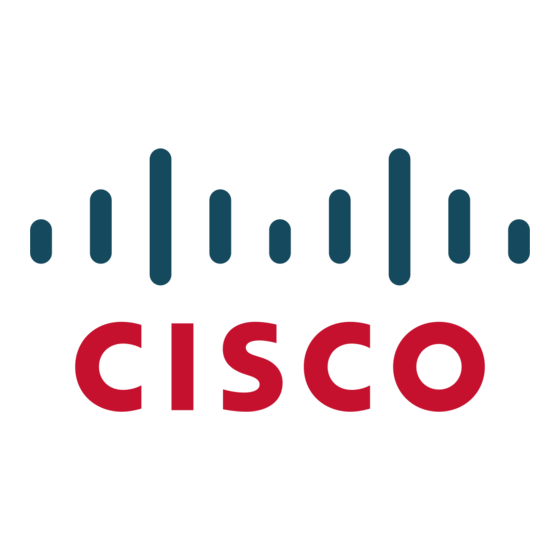Cisco Firepower Management Center 3500 Руководство по началу работы - Страница 3
Просмотреть онлайн или скачать pdf Руководство по началу работы для Сервер Cisco Firepower Management Center 3500. Cisco Firepower Management Center 3500 42 страницы. Firepower management center

License Requirements
You can license a variety of features to create an optimal Firepower System deployment for your organization. You
use the Firepower Management Center to manage licenses for itself and the devices it manages. The license types
offered by the Firepower System depend upon the type of device you want to manage:
Classic Licenses
For 7000 and 8000 Series, ASA FirePOWER, and NGIPSv devices, you must use Classic Licenses. Devices that
use Classic Licenses are sometimes referred to as Classic devices.
If your FMC is using a Firepower Version previous to 6.5: Cisco recommends that you use the initial setup page
to add the classic licenses your organization has purchased; see
classic licenses during initial setup, any devices you register during initial setup are added to the Management
Center as unlicensed; you must license each of them individually after the initial setup process is over. Note that
if you are setting up a reimaged appliance and you kept your license settings as part of the restore process, this
section of the initial setup page may be prepopulated.
If your FMC is using Firepower Version 6.5+: You must add classic licenses for managed devices after completing
the Initial Configuration Wizard. You can assign licenses to managed devices when you register them to the
Firepower Management Center, or after you have registered them to the Firepower Management Center.
Smart Licenses
For Firepower Threat Defense physical and virtual devices, you must use Smart Licenses.
Cisco Smart Licensing lets you purchase and manage a pool of licenses centrally. Unlike product authorization key
(PAK) licenses, smart licenses are not tied to a specific serial number or license key. Smart licensing lets you
assess your license usage and needs at a glance.
Refer to the Firepower Management Center Configuration Guide for information about Classic Licenses and Smart
Licenses, the types of licenses for each class, and how to manage the licenses across your deployment.
Accessing the CLI or the Linux Shell on the FMC
Accessing the FMC CLI or the Linux shell requires a different sequence of steps depending on what Firepower
version the FMC is running. Refer to this topic when you encounter instructions in this document to log into to the
FMC CLI or Linux shell.
Caution:
We strongly recommend that you do you do not use the Linux shell unless directed by TAC or explicit
instructions in the user documentation.
Before You Begin:
Establish a direct physical connection with the FMC using a keyboard and monitor or establish an SSH session with
the FMC's managment interface.
Procedure
1.
Log into the FMC using the credentials for the CLI admin user.
Determine your next action depending on the Firepower version in use:
—
If your FMC is running Firepower Version 5.4 - 6.2.x, this gives you direct access to the Linux shell.
—
If your FMC is running Firepower Version 6.3.x or 6.4.x and the FMC CLI is not enabled, this gives you direct
access to the Linux shell.
—
If your FMC is running Firepower Version 6.3.x or 6.4.x and the FMC CLI is enabled, this gives you access
to the FMC CLI. To access the Linux shell, continue with Step 2.
Cisco Firepower Management Center Getting Started Guide
License Settings, page
15. If you do not add
License Requirements
3
